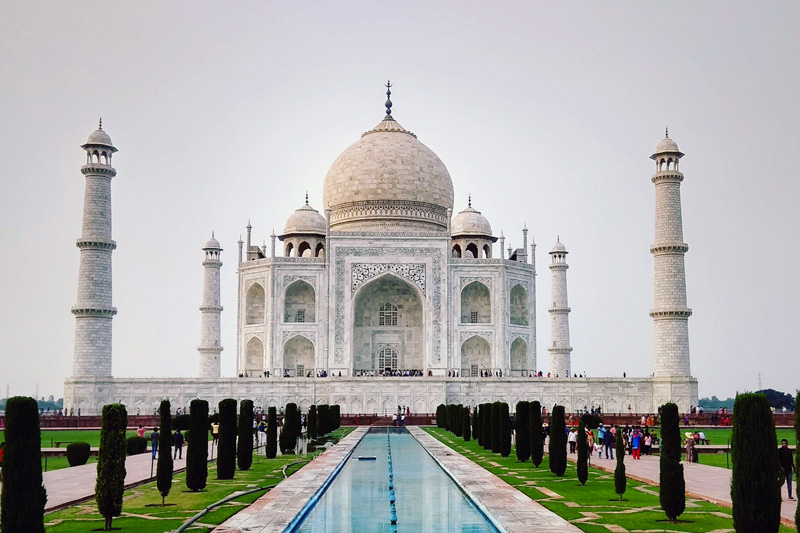
Mashak’s ( Water sacks made of leather ) were widely used in India in the olden days
The First documented evidence of leather appears in the Hindu holy scriptures of the Vedas. The Rig-Veda has documented the use of Leather ‘Mashaks’ or sacks as early as 3000 B.C as well as bottles. Straps and bands were manufactured with leather and bags, sails were also made of the same materials. In fact, the writings also talk about the great-sage Agasthya and one of the excerpts mentions him saying the words “ I deposit the poison in the solar orb like a leather bottle in the house of vendor of spirits “. References have also been made to the use of leather articles in the law books of Sankhya and Likhita that date back to 2000 B.C. The use of words such as charmanta, charmapath, varatra, chasabandha which can be found in old Sanskrit literature indicate that straps, bands, and strings of leather were in common use back then, depicting the historical value of leather and it’s nearly immortal novelty value.

A sketch of Marco Polo’s arrival in India
The first-person accounts of the intrepid explorer Marco-polo also serve as a periscope into the early beginnings of the leather manufacturing industry in the 1800s. In his accounts, he mentions that “The curing of hides and the manufacture of leather were two of the most important of Gujarat 42 industries. Every year a number of ships went to Arabia laden with the skins of goats, oxen, buffalos and other animals. The leather was used for sandals and was cleverly worked into red and blue sleeping mats exquisitely inlaid with figures, birds, and beasts and skilfully embroidered with gold and silver wire”. Trade was also carried out between Gujarat and the neighbouring foreign state through the famed ‘Silk route’. Uttar Pradesh in India occupied a predominant position in the making of finely crafted ‘Joothis’ and leather wear for the Mughals and the elitist society of the Mughal Court. In the South leather formed one of the items of trade between the South Indian states and the Greek and the Roman kingdoms of Europe. The leather-making activities were mainly in the hands of the village chamars then and were sufficient to meet the local needs. International export started later on after the year 1880.
In 2017, Indian Leather accessories are exported the world over
The twentieth century marked a new period in the trade history of the Indian leather industry. During 1900-1914, the export scene was dominated by Calcutta and Madras with the former exporting raw goods and the latter tanned ones. In 1912-13, the total export of hides/skins amounted to INR 8 crore as against INR 4 crore from Madras. This was because 17 of the 22 organized tanneries were in Madras and the rest remained scattered in Bengal, Bihar, Orissa, and Bombay. The outbreak of World War II gave an impetus to the development of leather and leather goods industry in India. While in 1913-14 only 25 large units, employing 2,753 workers, were established, by 1941, the number of units had increased to 114 and the workers to 26, 056. Before 1947, though the British had shown considerable interest in leather manufacturing in India and had even established some chrome tanning units in Bengal. According to a recent survey, there are 2091 manufacturing units currently in the country out of which 1803 units are in the small-scale sector and 288 are large-scale units to cater to the needs of an ever-growing and demanding population.
Leather making is an art that is timeless and is woven into the fabric of our great country. Through the ages, kingdoms have come and gone, wars have been fought and independence has been achieved by our great country and the leather industry along with the legacy of leather making has survived through it all. Nearly five thousand years after the first leather article was made in this country, Saddles India wishes to continue to carry on the legacy, imparting the passion and craft that has been handed down from generations for many more years to come.
